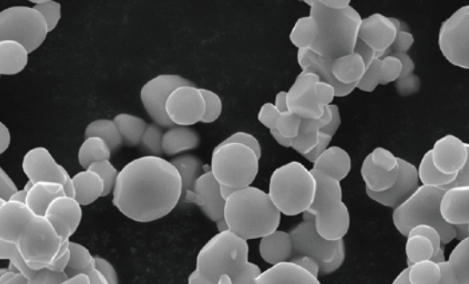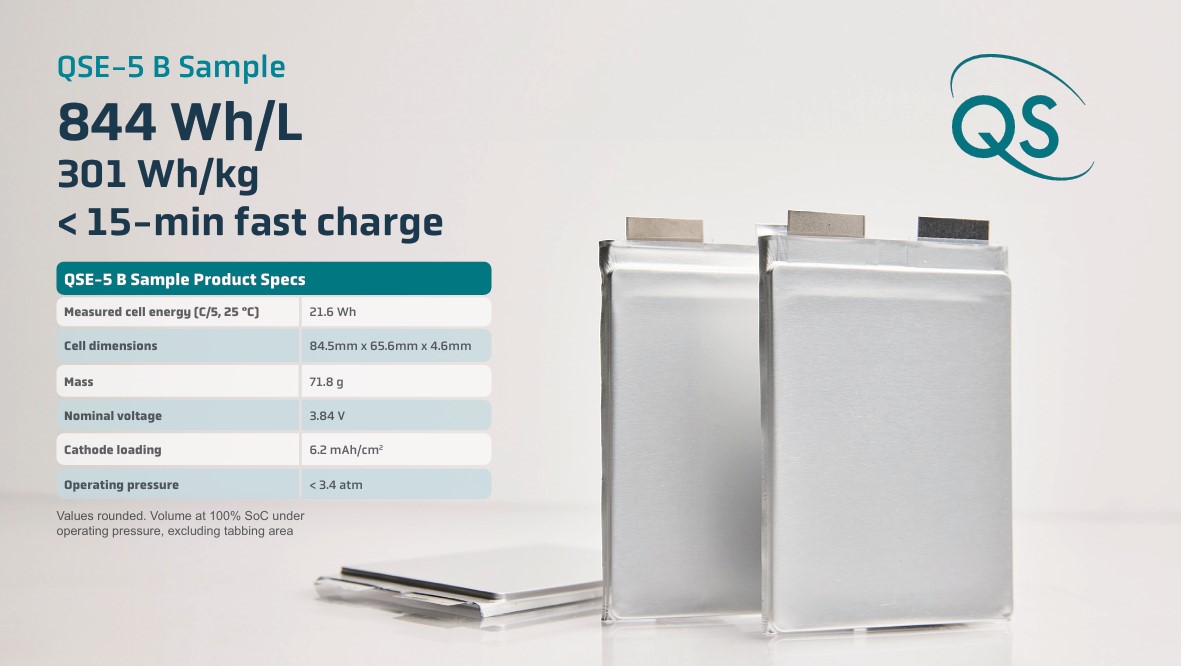In recent years, with the growing interest in all-solid-state batteries (ASSB) with high energy density and high safety, Lithium-rich Manganese-based Layered Oxide (LRMO) cathode materials have gradually attracted attention for their application in all-solid-state batteries. Compared with mainstream cathode materials such as lithium cobalt oxide (LCO), lithium iron phosphate (LFP), and high-nickel nickel-manganese-cobalt (NMC) materials, lithium-rich manganese-based layered oxide (LRMO) cathode materials have a discharge specific capacity of ≥250 mAh/g and an energy density of ≥1000 Wh/kg, with low content of critical metals such as nickel and cobalt. Therefore, they are considered one of the most promising cathode materials for all-solid-state batteries.
All-solid-state batteries based on lithium-rich manganese-based (LRMO) cathodes have distinct advantages, including long-term cycle stability, thermal stability, and a wider electrochemical window stability, as well as preventing the dissolution of transition metals. However, due to the low electronic conductivity and significant irreversible redox reactions, the interface structure is severely degraded, which impairs the kinetic behavior of lithium-rich manganese-based cathode materials during the charging and discharging process, affecting the charge and discharge process. The phenomenon of oxygen escape exacerbates this interface failure behavior, leading to the oxidation and decomposition of the electrolyte, and subsequently destroying the interface stability between the lithium-rich manganese-based cathode material and the electrolyte.

The research team from Tsinghua University published a paper titled "From Liquid to Solid Batteries: Li-Rich Mn-Based Layered Oxides as Emerging Cathodes with High Energy Density" in the international journal Advanced Materials.
The research team innovated by adjusting the bulk/surface interface structure and in-situ constructed a stable and fast lithium ion/electron (Li+/e-) pathway at the interface of the cathode material and the solid-state electrolyte. This promoted the redox activity of anionic oxygen and enhanced the reversibility of anionic oxygen redox reactions on the surface of the cathode material in all-solid-state lithium batteries at room temperature, thereby stabilizing the solid-solid interface under high voltage. The study created a lithium-rich manganese-based cathode material (5W&LRMO) with a bulk intercalation structure, W doping, and surface coating of Li2WO4, improving the transport kinetics of lithium ions/electrons (Li+/e-). The optimized interface can ensure the stability of charging and discharging within the high voltage range and maintain efficient ion movement over long cycling periods, increasing the utilization rate of the cathode material.
The lithium-rich manganese-based cathode materials have a wide voltage window, between 2.0-4.8V, and when combined with silicon-carbon anodes, can increase the cell energy density to 400Wh/kg. Several material companies, including Ronbay, EASpring, and CNGR etc., have already started R&D and layout in this sector. However, it is reported that there are still some insurmountable problems, such as the electrolyte used causing gas production issues, voltage decline, and voltage decay. The research from Tsinghua University provides a new approach for the improvement of lithium-rich manganese-based cathode materials and is expected to promote the development of solid-state batteries.






